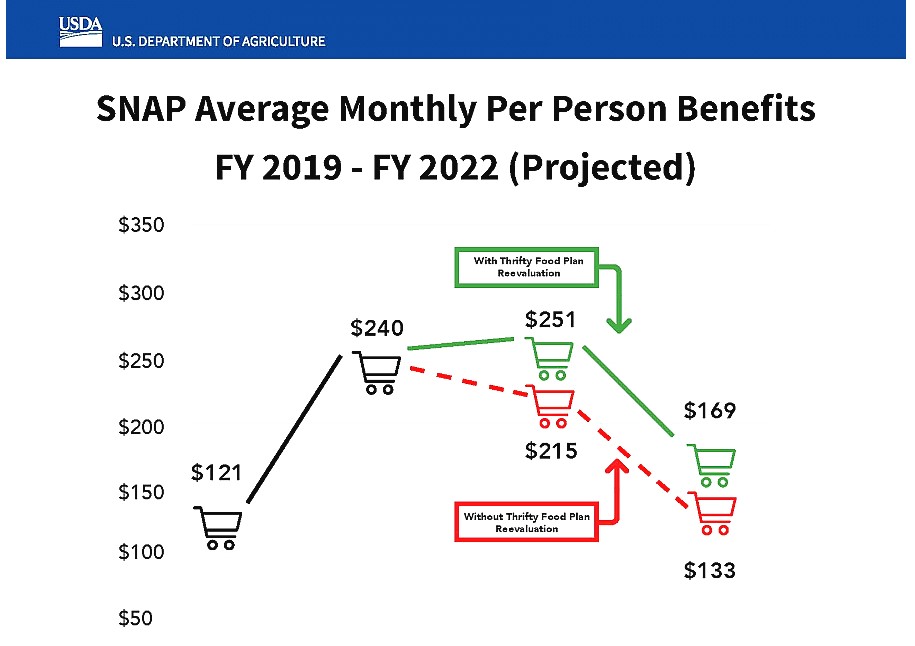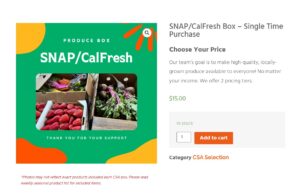By Stacy Dean
Deputy Under Secretary, Food, Nutrition and Consumer Services
More than 42 million of our neighbors rely on the Supplemental Nutrition Assistance Program (SNAP) to feed their families. USDA recently re-evaluated the Thrifty Food Plan (TFP), used to set SNAP benefits, which increased the purchasing power of the plan by 21% for the first time since it was introduced in 1975. As a result, on October 1, SNAP maximum benefit amounts will increase.
At the same time, other changes to benefit amounts will also take effect. For example, since January 2021, a 15% boost to SNAP benefits has provided much-needed relief to strained Americans. That temporary boost expires on September 30 but the impact of that will be offset by the adjustment to the TFP, so most families will see a modest increase in benefits.
Another pandemic-related law increased households’ SNAP benefits to the maximum for their size. These “emergency allotments” are continuing in most states but will phase out as the state and/or federal public health emergency ends. When they do, average benefits will be about $169 per person—lower than most are currently receiving, but higher than the $133 they would have received without the TFP re-evaluation.
Here’s an example: In October 2020, a senior who lives alone and gets $500 in Social Security income per month would have received $54 in monthly SNAP benefits, but with emergency allotments, they received $204. This increased to $234 last January because of the 15% boost. This October, that boost will end as the TFP re-evaluation takes effect, so their benefit will increase from $234 to $250. Once emergency allotments end, their benefit will decrease to $100, higher than the $54 they received pre-COVID because of the TFP re-evaluation.
The pandemic has brought to bear the complex challenges of food insecurity, especially in households with children and in communities of color. Yet even before COVID, millions of SNAP participants were struggling to afford a nutritious diet. The TFP re-evaluation put healthy food within reach for SNAP participants as one of many Biden Administration and USDA’s efforts to build back better.







